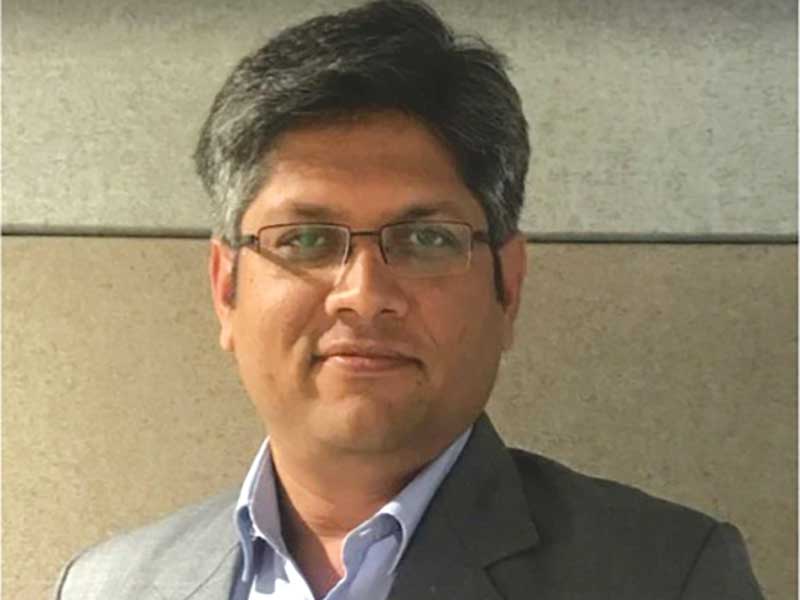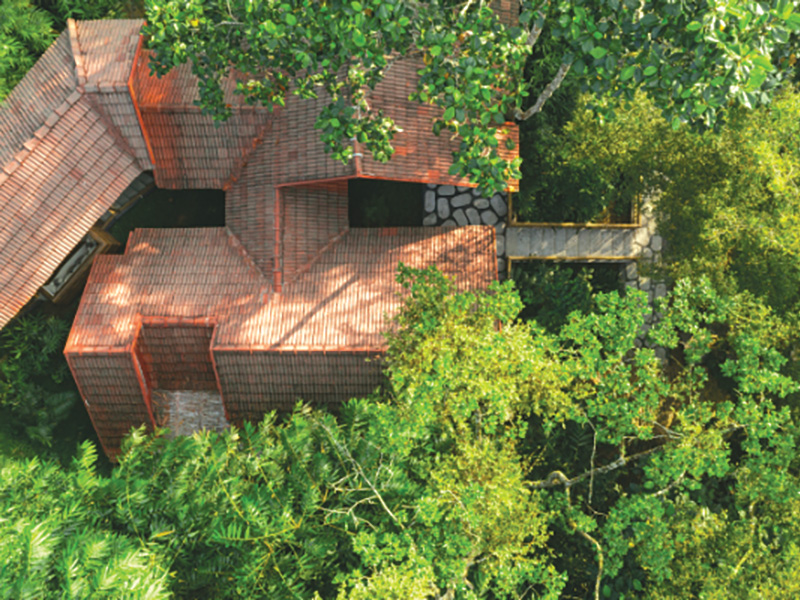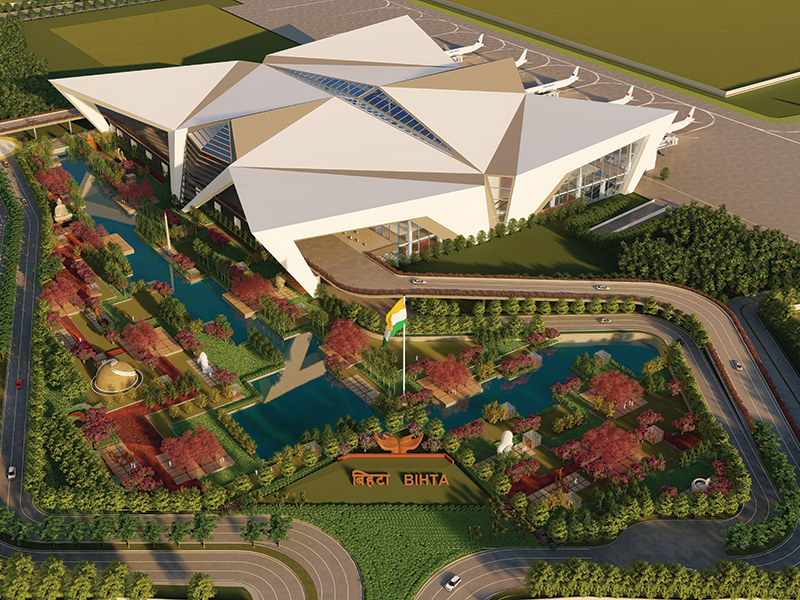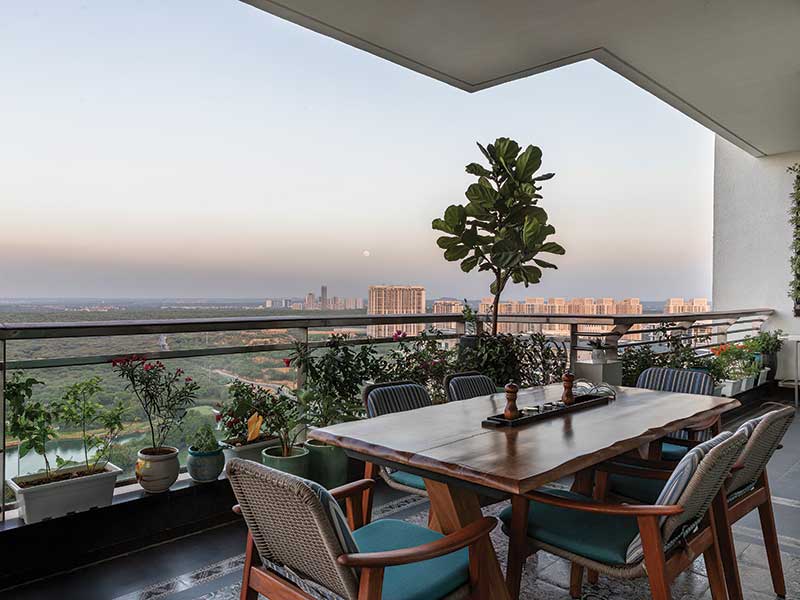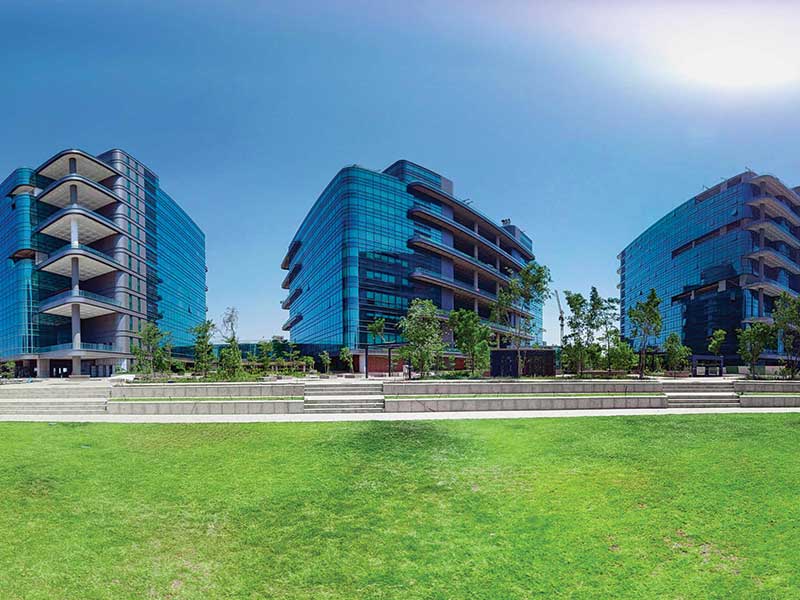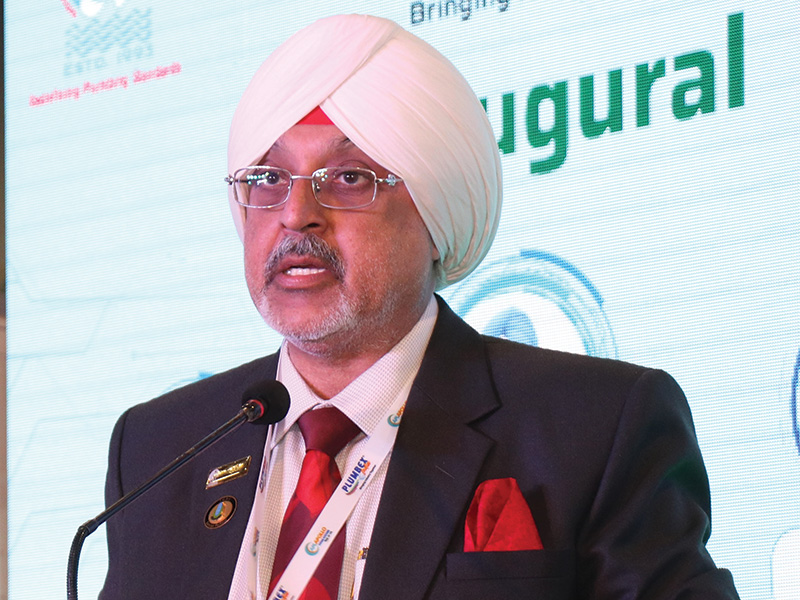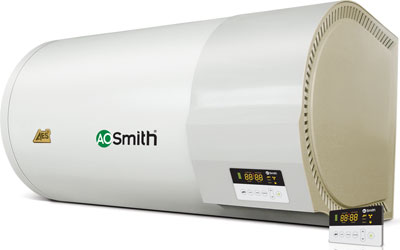
India has witnessed a burgeoning purchasing power especially in the upper middle class segment. One of the most telling examples of this transition is the growing visibility of erstwhile luxurious air-conditioners in homes. People, and especially the younger generation, have become so accustomed to cold air that they prefer to bathe with hot water even during summer. Well, this implies that water heaters remain plugged in mostly throughout the year, and this has led to a round-the-year demand for these appliances. Besides this, earlier there was also a misconception that water heaters consume more electricity, but the advent of energy efficient star rated products has changed this belief thereby elevating the demand. Meanwhile, the spate of on-going construction, primarily in the form of organized townships, is also propelling the water heater market in a major way.
Hot Water at Less Watts!
Apart from the economic transition that has taken place in the country, probably the most notable one is the growing inclination of the educated class towards energy conservation. Be they fans, refrigerators, air conditioners, or lighting fixtures, the idea is to make optimum use of every electricity unit. It's no different with water heaters too. According to the industry majors, this paradigm shift is acting as a major demand driver and taking the water heater market to new heights. And acting in accordance with this growing need, manufacturers are incorporating a gamut of innovative features in their offerings.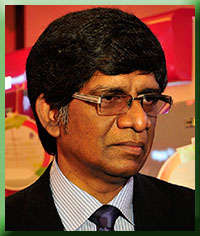
He continues, "As the market of electronic water heater is becoming mature, manufacturers are focusing on adding new features apart from energy efficiency such as digital display, dual thermostat, and current leakage protection."
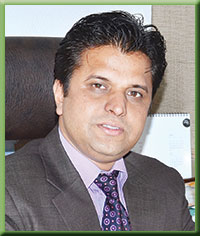
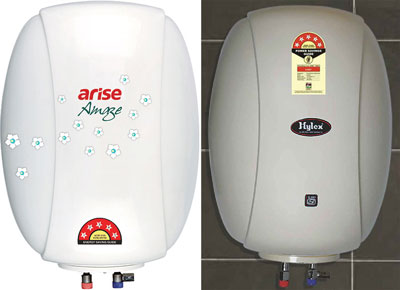

Hylex too is quite intent on adding to the green sentiment. According to Mr. Sudhir Saroha, CEO – Hylex Home Appliances India Pvt Ltd "Nowadays people are concerned about saving electricity and making electric water heaters more efficient. For the same we are trying to save heat losses that occur during and after heating of water. This is the fundamental besides making insulation better; we obtained 5 star energy saver labels for Hylex range of electric water heaters by using same technique, from Bureau of Energy Efficiency (BEE)."
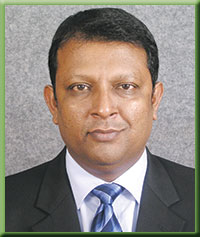
Being a global leader in this trade, A.O.Smith has developed energy efficient products which meet the BEE 5 star requirement and provide great value proposition to the consumers. "In addition, we launched the SBS series, which won the "Product-of-the-Year" award due to its innovative features. The wired remote and energy meter, 5 star rating are some stand alone features," states Mr. Tamal Chaudhuri, MD - A. O. Smith India Water Heating Pvt Ltd.
Beating the Rust!
William Shakespear once said, "Keep up your bright swords for the dew will rust them." The same applies to water heaters, because the quality of water is not consistent in India and over a period of time, rust spoils these electrical appliances both internally and externally. Mr. Jain rightly points out, "Ensuring rust resistance is a perennial challenge for the domestic water heater market. To address the growing concern of consumers, we have incorporated a slew of rust-resistant techniques like Poly Urethene Foam (PUF) insulation – used for hot fluid insulation of Tank Coating and the body of the geyser- help ensure greater rust resistance, thus allowing for longevity of the appliance."Mr. Braganza informs that in most parts of India, the water quality is very bad and to protect water heaters from rusting and leakage, Haier has incorporated a layered Ultra Micro Coating (UMC) inner tank of 2 mm thickness. "The UMC inside the inner tank ensures no corrosion which results in longer life of tank. We are giving a 7-year warranty on all our storage water heaters."
A.O Smith, on the other hand, uses its patented Blue Diamond technology in the inner containers of all its products. "It minimizes the possibility of rust inside the tank. A. O. Smith provides a 7-year warranty on these inner containers ensuring that the customer does not have to pay for a tank replacement for the entire life of the water heater. We apply a durable coating to the outside of the water heater that resists corrosion and UV degradation."
Clearing Doubts and Looking Ahead!
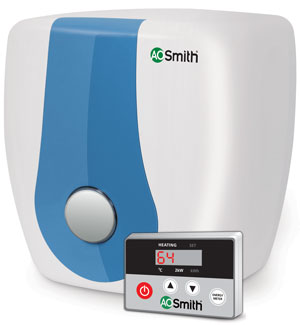
According to him, energy efficient water heaters can be made common man's products if the government adheres to a well drafted roadmap. "To begin with, Indian standards should be made at par with global standards which will force manufacturers to produce world class products which are safe, efficient, and environment-friendly. These standardizations should be made compulsory with all genuine efforts to enforce them along with periodical revision of them. There should be incentive programmes for new innovation. Meanwhile, consumers should be educated and encouraged to buy certified products only."
A.O. Smith foresees that BEE will ultimately make star labeling mandatory in the next couple of years like they did with other appliances. "That's surely the way to go about it in the future," asserts Mr. Chaudhuri.
Arise too brings some pointers to the fore. "The first and foremost step that the government has to take to increase the reach of energy-efficient water heating appliances in the country is to make them affordable for the masses. Today, the sector is affected by huge taxes which make the producing cost of the appliances very high. This cost is passed on to the consumers which make the ownership of these energy efficient appliances costly, thus reducing the reach of the products en masse. Thus the foremost will be to cut down on taxes for the sector, which will enable the manufacturers create an affordable product line, thus maximizing its outreach. Secondly, the government should also provide incentives and sops to the manufacturers, which will help the sector in creating a significant line of energy-efficient water heating appliances into its portfolio. Today, the product range is very limited owing to the high input costs of technologies, thus governmental incentives will go a long way in creating product range which is affordable and economical. This will aid in spreading the reach of energy-efficient water heating appliances into the market," suggests Mr. Jain.
Sketching the Demand Curve
Industry experts claim that although the demand reaches its peak during winter, even summer months witness buying activity. According to Mr. Saroha, electric water heaters market has great potential to grow in respect of size and demand. "It's now a round-the-year business but still there is a significant difference of demand in winter season to summer season. People still keep waiting for winters to buy electric water heaters. Almost 100% of the discarded electric water heaters are replaced to new ones in winter only, when customers really need hot water. In summer, the requirement basically comes from the organized building societies or newly developed societies which are bound to provide what they commit at the time of sale."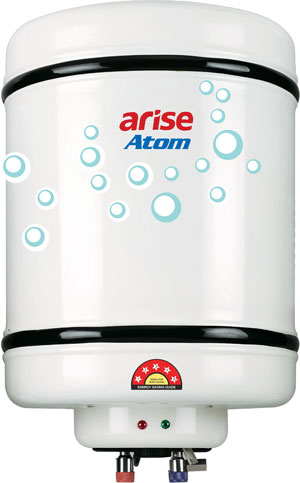
Mr. Jain asserts, "The domestic water heater market according to recent estimates is worth approximately 3 million units in sale, with the total market share increasing exponentially every year. With the Tier I and II cities being the major demand drivers of the market, the maximum pie of the category lies within the 25–50 litres capacity water heater market. With the market viewing greater development in the coming times, it is expected that the future market trend will witness a total market capitalization of approximately 10% – 15%."
Meanwhile, Mr. Chaudhuri says that residential water heaters are the larger contributors to the growth of the industry. "The total market for residential water heater is approx Rs. 1,100 crores which includes Electric and solar water heaters; electric contributes Rs. 850 crore and solar approx Rs. 250 crores," he informs.
Others echo this sentiment. Mr. Saroha observes, "For Hylex, the main contributors in electric water heater market are residential customers. We are also in the business of immersion water heaters, which is still a huge market in India. Immersion heater is an economic but not a very safe substitute for electric water heater. So, there is scope to replace the immersion water heater sales with electric water heaters by bringing it to the reach of more low income group of customers."
Mr. Jain is of the view that, "Undoubtedly, the residential water heater segment having capacity of 25 to 50 litres is the higher contributor to the growth of the domestic water heater market." Mr. Braganza also acknowledges this reality. "Residential segment contributes the most to the growth of the industry," he says.
While it's an ascertained fact that the whole concept of water heaters has undergone a sea change in the country; it's equally important to explore some other pertinent aspects that shape the demand curves of these gadgets. For instance, is the demand for water heaters directly linked to newer construction, or, is there a healthy retro market as well? Talking of the retro market, are Indians really willing to discard their old water heaters in favour of newer and energy efficient ones especially when the prices of the latter are quite steep?
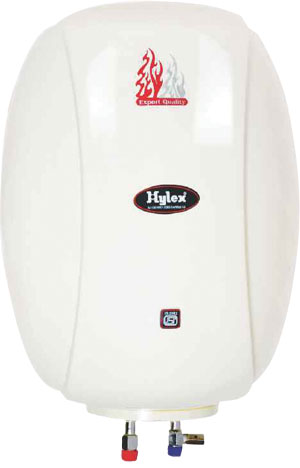
Differs Mr. Jain, "It would not be absolutely correct to say that the demand for water heaters is only related to new construction. The retro market is also buzzing where consumers in old constructions are going in for new technology enabled water heaters which help them save on their electricity billings. The Indian consumer is more money conscious now, and understands the relevance of electrical savings. Thus to cut down on the monthly electricity bills, people are going in for energy efficient electrical appliances which service them with the least consumption of electricity. Although the prices of energy-efficient water heaters are steep as compared to their non-energy-efficient counterparts, the consumer understands that the investment is a one-time hit, and is recoverable over the space of the next couple of months due to the electricity bill savings which his new energy-efficient appliance can give."
Meanwhile Mr. Braganza opines, "Development in real estate generates demand and contributes good share in extension of the water heater market. With the introduction of attached bathrooms, number of bathroom in a house is not restricted to one or two. As more bathrooms require as many water heaters. On the other hand with the introduction of energy efficient water heaters, people are replacing their old water heater with new energy efficient water heaters which are not only saving electricity bills but also having safety measure and user-friendly features."
With an evolving consumer mindset, round-the-year demand, and ambitious manufacturers, the Indian Water Heating Industry is slated for the riches. And once BEE extends its support to the manufacturers, it won't be long before these appliances become more visible in Indian households.

